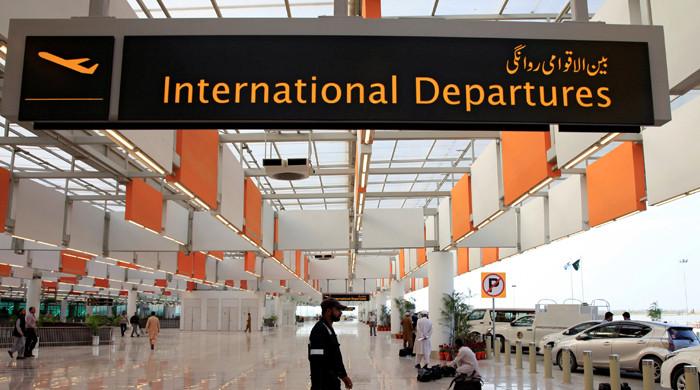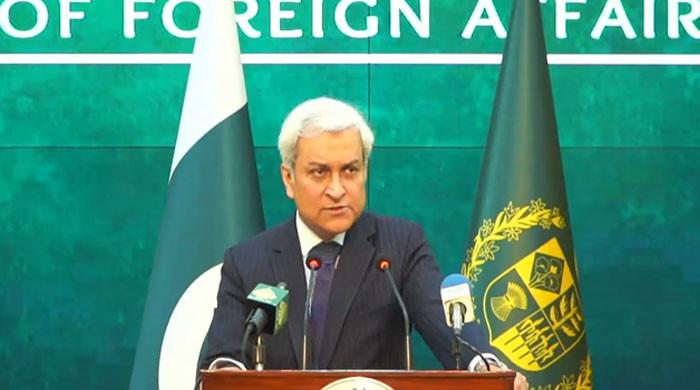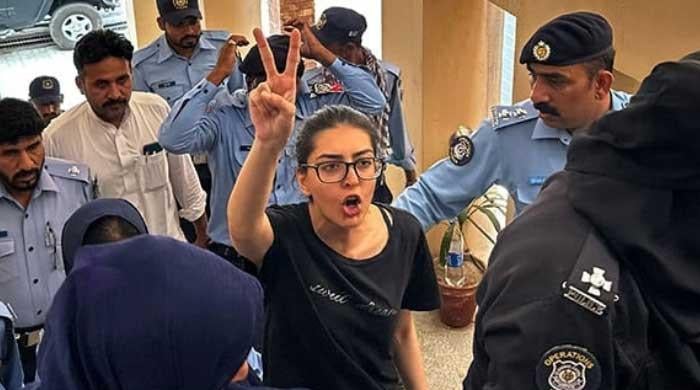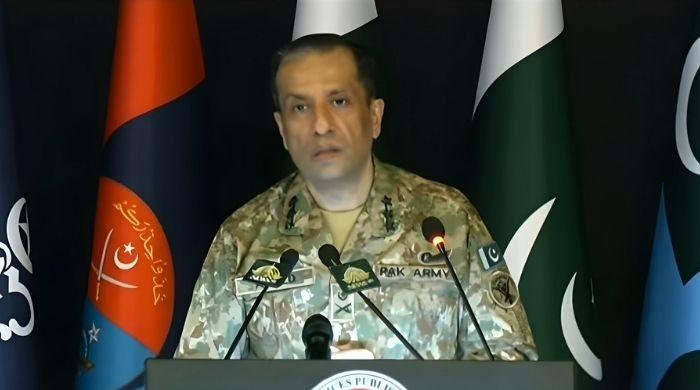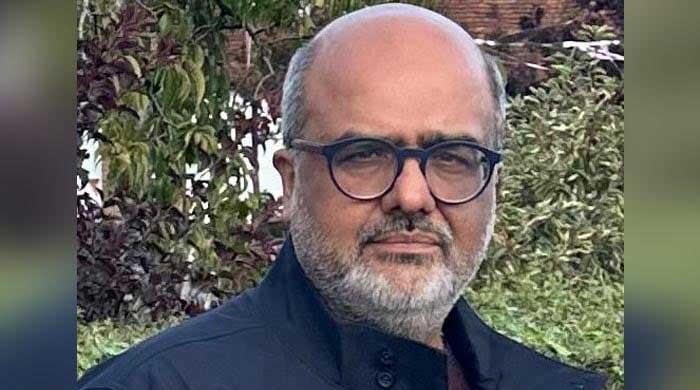Sindh's curriculum better than other provinces, claims minister
Sindh’s Naushahro Feroze district outperforms over half of Punjab’s districts in learning outcomes, claims Sardar Shah
July 02, 2025
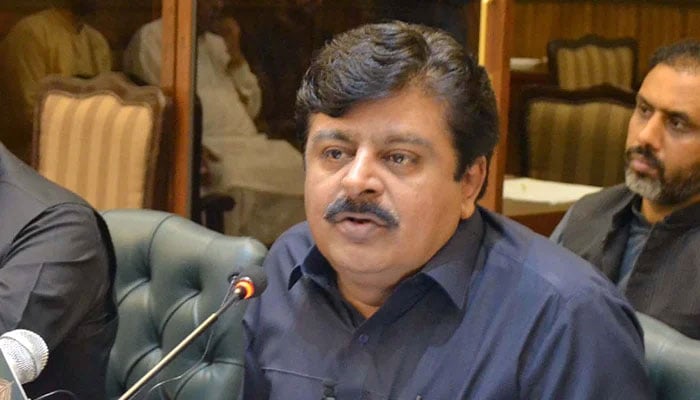
Sindh Education Minister Syed Sardar Ali Shah on Wednesday rejected Awaam Pakistan Party Secretary General Miftah Ismail's recent remarks criticising the state of education in Sindh, claiming that the province's curriculum has been independently rated above other provinces in a neutral UNESCO assessment.
“Planning and Commission of Pakistan report referred to by Miftah Ismail had already been challenged by the Sindh government,” Shah said in a statement and declared the report contrary to facts.
His remarks come just days after Miftah Ismail out at Pakistan Peoples Party (PPP) over poor governance in Sindh, particularly in the education sector.
The former PML-N leader had said that Sindh’s literacy rate declined slightly from 58% in 2008 to 57.5% in 2025 despite the provincial government spending approximately Rs4,000 billion on education over that period.
Reacting to Miftah's claims, he said: “[The] report cited by Miftah Ismail is based on data from 2022-23, while it is well known that Sindh faced severe flooding in 2022, leaving people displaced until early 2023, which impacted reporting and altered ground realities,” read the statement.
Quoting the planning commission’s report, he mentioned that Sindh’s Naushahro Feroze district outperformed over half of Punjab’s districts and all Khyber Pakhtunkhwa districts, ranking 69th in performance.
He pointed out the contradiction within the same report, which mentions that enrollments in primary, middle, high, and higher secondary levels increased by 3.2%, 7.6%, 5%, and 8.8%, respectively, while simultaneously claiming a decline in literacy rates.
Presenting statistics, the minister said that according to the 2023 census, Sindh’s population is 55.69 million, with 16.89 million school-going children aged 5–16. With a 2.6% annual population growth, this number would be 17.78 million in 2025.
The minister further highlighted that for the first time, Sindh has introduced a non-formal education curriculum to address out-of-school children’s literacy and with other ongoing initiatives, the province aims to address this issue substantially by 2030.
He noted that after constitutional amendments, education is a provincial subject, yet no consultation is made with provincial departments before conducting any surveys.
“Unfortunately, federal institutions have yet to count Sindh accurately even in the census, raising concerns about the reliability of their other figures,” the minister noted.
Sardar Ali Shah further said that while one-sided reports claim Sindh’s schools are in poor condition, the province itself has already acknowledged that heavy rains and floods have damaged 20,000 schools.
“Blaming performance metrics for damages caused by natural disasters is baseless and unjust,” Sardar Shah said.
He further highlighted that Sindh took the lead in introducing a teachers’ licensing policy.
“Sindh’s 100,000 square kilometer area includes deserts, mountains, and coastal regions where network issues persist, and it is evident that providing network facilities is not the education department’s job… yet, Sindh is ranked lower in technology indexes due to these factors,” he added.




